
Standard Publishers (India)

28 books

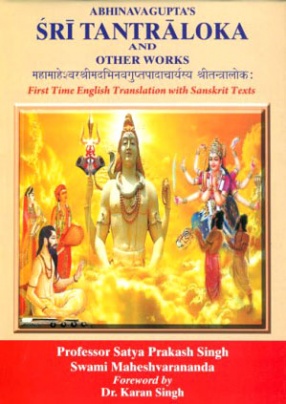







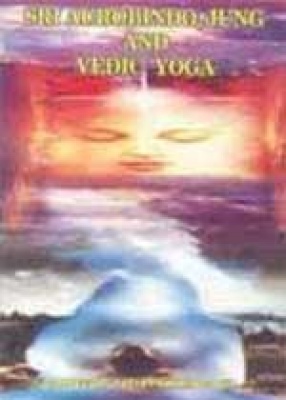
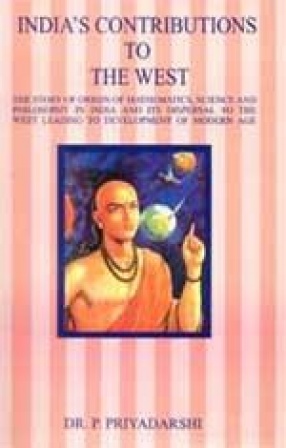






Tantraloka means light on Tantra - the magnum opus of Abhinavagupta (950-1050 A.D.). Literally Tantra means thread and happens to have been used in one of the earliest usage in the Rgveda (X.53.6) itself in such a deep sense as understanding binding the entire reality together in a single fold of comprehension so beneficial as to transform the human nature of all its baser kind of tendency into the most idealistic form which is known as the divine.
This Volume ...

Indian education must be rooted in the developing soul of India, to her future need, to the greatness of her coming self-creation, to her eternal spirit. A truly nationalist education and curriculum are always inclusive in nature, and mindful of the great diversity that makes One India. Our Education must help children and educators develop love for their nation and a wide, universal appreciation of the diversity in the nation and the world.
This book is meant ...
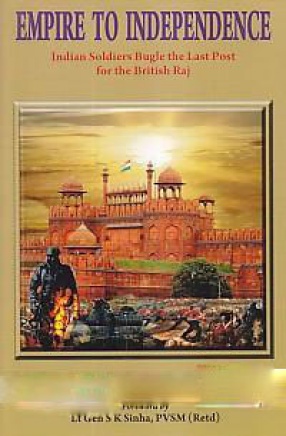

Could Silence be so potent that the entire manifestation in the universe would prefer to occur in deep Silence? Have you observed the planets, the stars and the complete galaxies revolving around the axis of divinity all in Silence? Could the eloquence of Silence be so powerful as to become Whisper of the Divine?
Silence is a deep and profound experience of mankind, deeper than one can normally visualise. We, as human beings, have an intimate relationship with ...
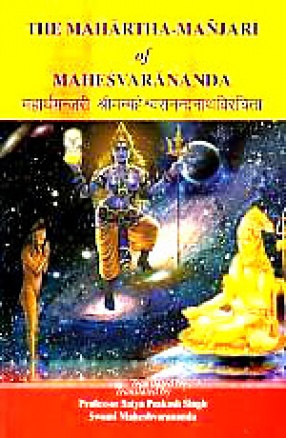





This volume discusses the three next steps of Yoga known as Dharana, Dhyana and Samadhi. They represent the crux of the process of Yogic Sadhana. In view of the extreme subtlety of these steps, this volume indicates to the ways and means leading to successful coverage of these steps through relevant texts dealing with this part of the Sadhana. With this end in view, selections have been made from such Yogic texts bearing as the Upanisads, Bhagavadgita, ...



History, as it has generally been conceived and written in modern times, has limited itself to the outer narration and interpretation of events and ignored the psychological forces and factors that affect human life. This predominance of external events has been so great that most modern historians and political thinkers have concluded that objective necessities are by law of nature, the only really determining forces; all else is result or superficial accidents ...

Life and Vision of vedic Seers is a series aiming at reconstructing lives and thought contents of prominent Vedic seers so that they may emerge out in their individual capacities as great contributors to the history of human vision, ideation and understanding. The Series is intended to cover as many seers as possible. This is the first volume of the Series dealing with the life and attainments of Visvamitra, the seer of the sacred Gayatri mantra. It retraces ...

Sri Aurobindo, Jung and Vedic Yoga is a product of the author’s keen study and contemplation extending over four decades. It embodies his deep philosophical insight, keen psychological acumen and profound Vedic scholarship. It is a study in the structure, nature and content of the human psyche approached from three such diverse angles as yogic sadhana, psychological experimentation and Vedic revelation. Placed as they are so distantly in terms of space as the ...

‘India was the mother of all civilization’ is often said by many. But little significant research or reliable writing has ever been done to substantiate this fact. “India’s Contributions to the West†primarily discusses how India has been a source of knowledge to the West over ages. Even the growth of modern sciences in the West, called the ‘Renaissance’ was a direct result of flow of Indian knowledge to the West. Kanaka, an Indian scientist from ...

1947 saw the demise of the British Indian Empire and the emergence of India as an independent country. It also witnessed dubious endeavour on part of the departing rulers in partitioning a sub-continent into India and Pakistan. Side by side, their deliberate game to balkanize India by keeping some princely States independent was too obvious. The year was full of fateful events since the surgery of separation was an unusual phenomenon, causing immense blood ...

The question of knowledge brings in its train a host of other contentious issues. What is nature of knowledge? How is it acquired? How do we judge the validity of knowledge? How is it acquired? How do we judge the validity of knowledge? These are questions which have evoked multiple response from the people concerned. Among the six schools of thought, the Nyaya philosophy is very much capable to address the above mentioned questions. Nyaya as a science lays down ...

The book “V.S. Naipaul’s India – a Reflection†is an interesting and comprehensive analysis of India presented by V.S. Naipaul, Nobel laureate in his books An Area of Darkness, India – a Wounded Civilization and India-Million Mutiries Now. This book reflects the views and approach of V.S. Naipaul to Indian Life and Culture. The book presents a remarkable and thorough socio-political analysis. The book also gives an analysis of V.S. Naipaul;s style. The ...

In the early part of the twentieth century, Sri Aurobindo wrote: “For this thing is written in the book of God and nothing can prevent it that the national life of India will meet and possess its divine and mighty destiny†Sri Aurobindo had taken an active part in the Freedom movement and on 15 August 1947, India got its freedom but it was a fissured freedom. On that very same day with regard to the partition, Sri Aurobindo said: “This must not be; the ...

The book in the hands of the reader is a valuable collection of Questions and Answers that help the reader know about India from its earliest civilizations to the present day democratic set up in India. It addresses all types of readers from Research Scholars to enthusiastic students of History, those preparing for IAS, IFS, IPS etc. and also those preparing for TV Quiz like KBC2 and other competitive games based on knowledge. Indeed it is a first attempt of its ...

Vedic literature is a most precious treasure of Indian wisdom. The literature is vast, and includes not only the four Vedas but also Brahmanas, Aranyakas and Upani-shads. As a part of the history of India, this literature constitutes a source material for understanding various aspects of Indian culture as it has grown and developed over millennia. For every lover of India, therefore, it becomes essential to turn to the portals of the Vedic literature. An attempt ...
